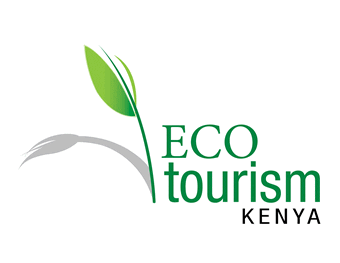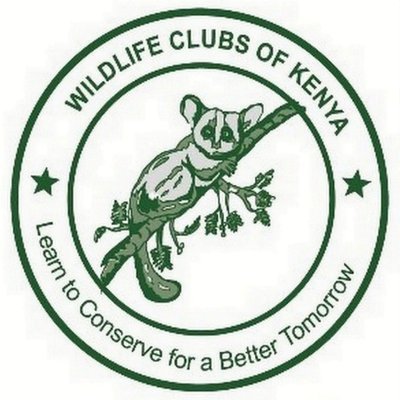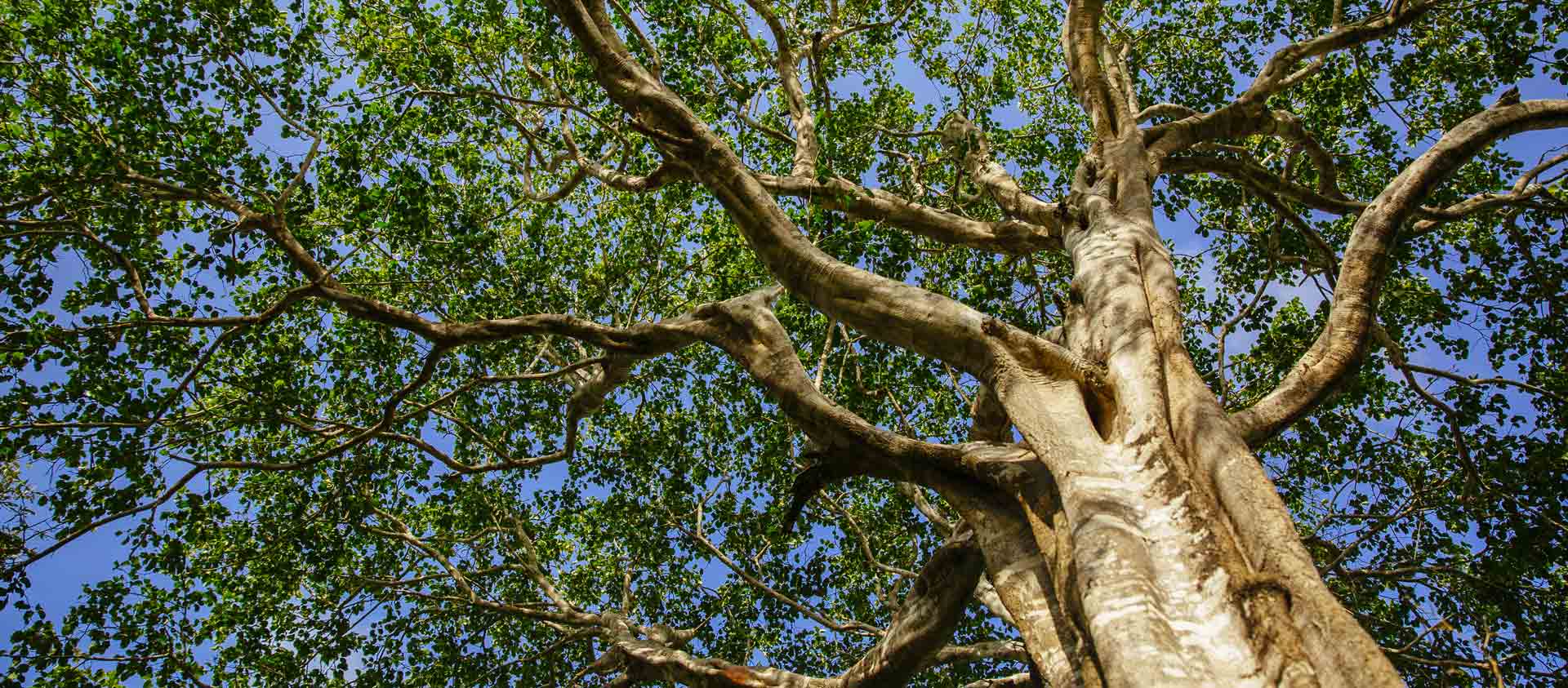The Kaya Kinondo Sacred Forest
Also known as Kaya Ngalaani, is the primary Kaya for the Digo Mijikenda Community an ethnic community found in the South Coast Kenya and stretches along the Indian Ocean and slightly Westwards to Shimba hills.
Other secondary Kayas among the Digo Community exist. Such as; *Kaya Diani, *Kaya Likunda, *Kaya Muhaka, *Kaya Tiwi, *Kaya Waa, *Kaya Ganzoni, *Kaya Timbwa, *Kaya Mrima, *Kaya Jego, *Kaya Bogowa, *Kaya Teleza, *Kaya Chitsanze *Kaya Bombo, *Kaya Lunguma and *Kaya Longo among other sacred groves.
Kaya Kinondo is approximately 30 acres in size and is located in Kinondo ward (Chale and Mgwani villages) in Msambweni Sub County – Kwale County.
Kaya Kinondo is an important Kaya for both Natural and Cultural Heritage in the Kenya Coast. The site has an active sacred site (mafingo), 4 traditional paths, an old water hole and a central clearing that is regularly used for sacred activities by the community.
Kaya Kinondo Sacred Forest: Biodiversity
The Kaya Kinondo Sacred Forest is rich in plant species that occur within the forest site. 187 types have been recorded and are of varying ecological importance and status (185 indigenous species and 2 alien species) these include 3 rare and possibly endemic species ( Ziziphus robertsoniana, Grevea egglingii, diphessia spp A, and Ochna thomasiana.
The forest has old trees that date back 600 years according to the floristic survey done in 1987.
The Kaya is also rich in Fauna. Some primate species are found in this forest;
- Colobus monkeys (colobus angolensis).
- Bush babies (Galago senegalensis).
- Yellow Baboons (Papio cynocephalus).
- Sykes Monkey (Cercopithecus mitts).
- Vervet Monkeys (Cercopithecus aethiops).
Other Small mammals present in the forest include the *rare Zanj elephant shrew, *rare golden ramped elephant shrew, *Sunni antelope, *bush duikers, *giant mall rats, *wild pigs, *hedgehogs, *red sun squirrels, *bush tail squirrels, *mega chiropteran batts and *micro chiropteran batts.
The avifauna (birdlife) of Kaya Kinondo is also very diverse with more than 45 species having been recorded.
These include the rarely spotted ground thrush (zuthera gutatata) , Harmacop and the turaco. Insect life is also very high with over 100 moth species and 60 butterfly species, giant millipedes and among other insects.
Amphibians, Molasses and reptiles also occur but in small populations (African ground snail and slugs) (African vine snake, green snake, monitor lizards , geckos, chameleons and night adders are common in the forest)
Some plants and animals that occur in this forest have great social and cultural significance to the local people such as –
Medicinal values (Curative and preventive parts)
Woody products values (Building materials, weapons and firewood)
Food parts (Roots/ fruits, tubers and wild meat)
Social values (Regalia, ornaments, costumes, crafts and building materials)
MANAGEMENT OF KAYA KINONDO SACRED FOREST
Kaya Kinondo sacred forest is governed by a set of traditional rules that were set by the forefathers of this community and are laid down from one generation to the other.
The rules are enforced by the Council of Elders (Ngambi) which are a supreme council of the Kaya and is comprised of 11 levels (commonly known as madaraja).
- Dzugwe
- Mbega
- Mwachitoro
- Mwachimunzu
- Mwatamba
- Mwachuma
- Mwachirahu
- Mnyaza
- Mwanjama
- Mwagogo
- Nimdigo
Today the Kaya is a gazetted site by the National Museums of Kenya under the Department of Coastal Forests Conservation Unit under the Museum and Heritage Act of 2006 of the laws of Kenya.
Therefore, Kaya Kinondo Sacred Forest is a recognized National Monument and a heritage area.
The management of the Kaya Kinondo is currently in collaboration with The National government, Kwale County government, local community and other partners.
Discover the heart of the conservation efforts – check out the community-based group dedicated to protecting the forests and wildlife of the Kaya Kinondo Sacred Forest
Explore Our Projects!

The Kaya Kinondo EcoTourism Project
With partnership from development partners, WWF, NMK and Ford Foundation, Kaya Kinondo Forest Conservation Group KKFCG, started the Kaya Kinondo Ecotourism Project in 2001.
With an objective of tapping the socio-economic benefits that come from tourism to the local people.
the Go Blue and TCH Project
The Go Blue Kenya project is a partnership between the EU and the Government of Kenya to advance the Blue Economy Agenda through Coastal Development.
Under the umbrella of the Blue Economy, the overall objective of the programme is to unlock the potential of sea-land opportunities in coastal urban centres for sustained, inclusive and sustainable economic growth with employment impact, while conserving and sustainably using the coastal and marine environment as well as promoting effective and integrated maritime governance.

The Coastal Forests
The Mijikenda People
The Mijikenda Kaya Forests
Our Partners/ Stakeholders
State Partners

NMK – CFCU


KWALE COUNTY

Kenya Forest Service


KENYA WILDLIFE SERVICE
Non-State Partners

BASE TITANIUM

Ecotourism Kenya (EK)

Wildlife Clubs of Kenya (WCK)

World Wildlife Fund

UNESCO

Colobus Conservation

FORD FOUNDATION
-
- Community Development Trust Fund (CDTF)
- Public Universities
- EU and Camoes



